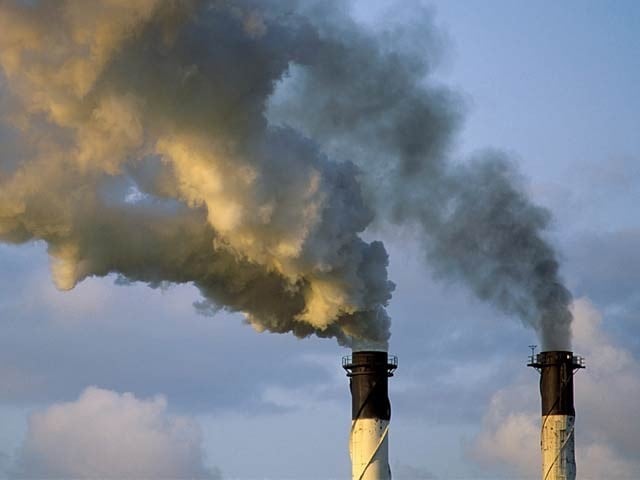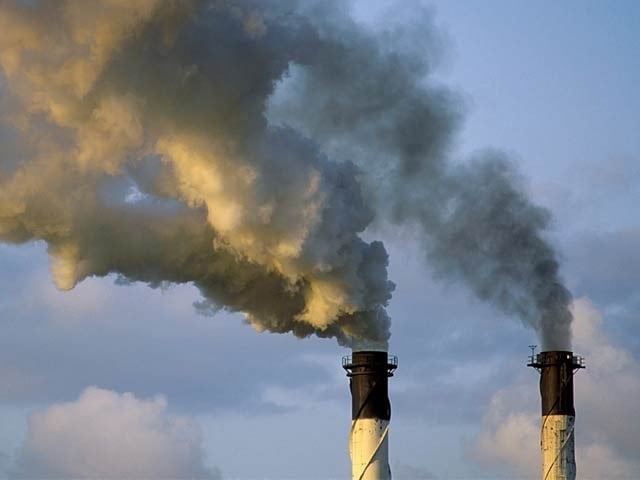
NASA, with the help of its satellites and ground stations, has provided an overview of the main sources of carbon dioxide emissions around the world. Photo: File
Pasadena, California: The American space agency NASA, with the help of its Earth observation satellite and ground data, around 60 scientists have identified the places that are playing an important role in carbon dioxide absorption, while China is the leading carbon dioxide emitting country. And the US is included.
This international study has also been assisted by the Earth-orbiting, NASA Carbon Observatory (OCO-2) and ground-based instruments. The survey was conducted from 2015 to 2020. In this research, the scientists have also found out the difference between both emission and assimilation of carbon dioxide.
The list examines a total of 100 countries that are emitting abnormal amounts of carbon dioxide into the atmosphere through industrial processes, automobiles and other technologies. Carbon dioxide is a greenhouse gas that is also causing global warming. In the map, regions emitting carbon dioxide are highlighted in red, while regions absorbing carbon dioxide are shown in green.

Areas that absorb carbon dioxide include forests, green spaces, and other areas. However, the purpose of this research is to examine carbon emissions and absorption across the entire planet rather than naming a country. However, NASA has said that it will urge governments to play their part in curbing carbon dioxide as we move rapidly towards the worst-case scenario.
However, scientists have also said that there are about 50 countries that have not provided their data for carbon dioxide for the last 10 years. This is the reason why NASA has tried to evaluate it from satellites.
(function(d, s, id){
var js, fjs = d.getElementsByTagName(s)[0];
if (d.getElementById(id)) {return;}
js = d.createElement(s); js.id = id;
js.src = “//connect.facebook.net/en_US/sdk.js#xfbml=1&version=v2.3&appId=770767426360150”;
fjs.parentNode.insertBefore(js, fjs);
}(document, ‘script’, ‘facebook-jssdk’));
(function(d, s, id) {
var js, fjs = d.getElementsByTagName(s)[0];
if (d.getElementById(id)) return;
js = d.createElement(s); js.id = id;
js.src = “//connect.facebook.net/en_GB/sdk.js#xfbml=1&version=v2.7”;
fjs.parentNode.insertBefore(js, fjs);
}(document, ‘script’, ‘facebook-jssdk’));



